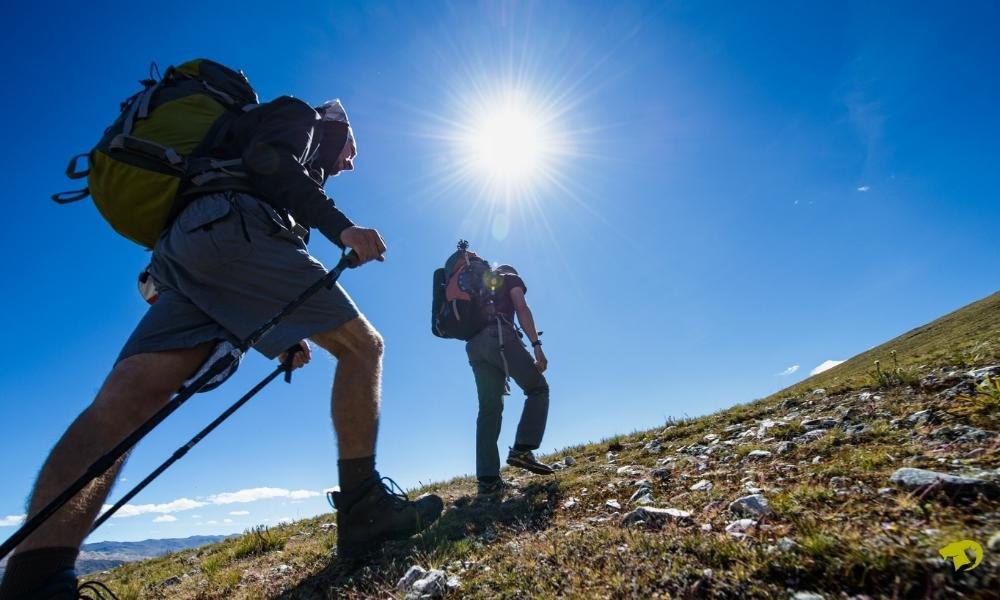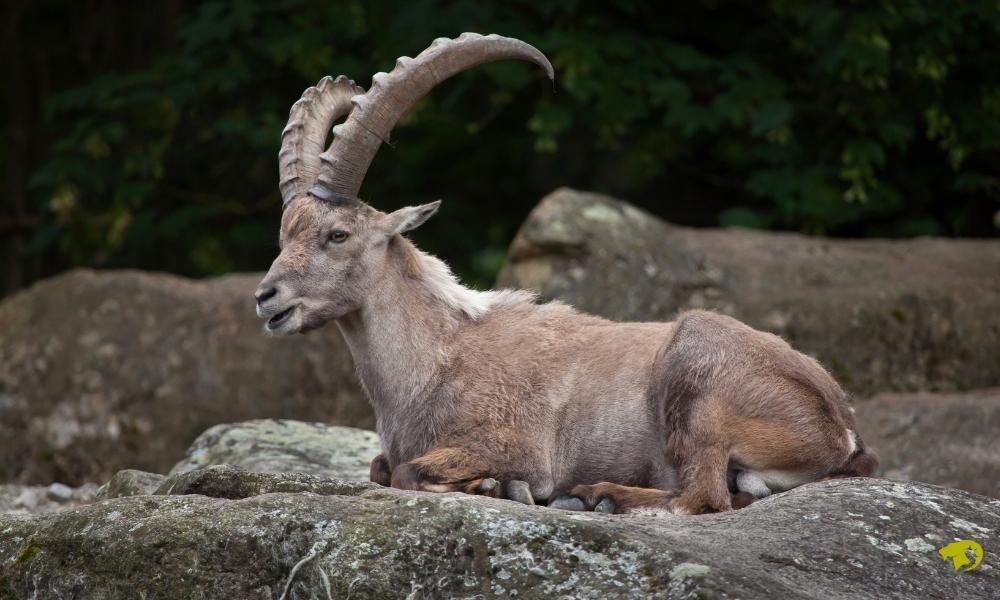Northern Pakistan is a land of beauty and adventure. This seemingly small region is blessed with all the gifts of nature, including all four seasons, vast mountain ranges, beautiful lakes and rivers, blossoming flowers, rich fruits, and unique wildlife.
Exploring Northern Pakistan
The northern region of Pakistan includes the Khyber Pakhtunkhwa (KPK) province and the famous region of Gilgit-Baltistan (GB). The latter is especially known for its attractive tourist locations and mountainous regions. Its district Gilgit and its mountainous valley of Hunza are the two most famous tourist destinations.
KPK’s beautiful Kaghan valley consists of a widely famous town Naran, the main center of tourism in the valley. Known as a “virtual paradise”, this picturesque town is home to glorious landscapes, breathtakingly beautiful lakes, and snow-covered mountain peaks. gi
Mountain Ranges in Northern Pakistan
Gilgit-Baltistan consists of three of the world’s highest mountain ranges: the Karakoram, the Himalayas, and the Hindukush. GB is home to 18 of the world’s top 50 highest mountain peaks and 3 of the world’s 7 longest glaciers. The highest peak in the Gilgit district is Distaghil Sar, a magnificent 7,885 meters high mountain of the Karakoram range. It is the 7th highest mountain peak in Pakistan and 19th highest in the world.

GB’s Hunza valley is famous for its breathtaking view of the local mountain queen, Rakaposhi (7788 meters high), along with other high peaks of Karakoram. The region boasts several high mountains, famous for their mesmerizing sunset and sunrise views.
Naran is home to Kaghan’s highest mountain peak Malika Parbat, a 5,290-meter-high peak of the Himalayas. Naran’s famous Lake Saiful Muluk offers the best view of this mountain. The peak is mirrored in the lake’s deep blue waters on a clear day. Naran also consists of other less-high peaks that add to its beauty.
Valleys of Northern Pakistan
Gilgit is home to the beautiful Gilgit Valley through which the Gilgit river flows gracefully. Naltar valley is also located here. It is abundant in pine trees, striking landscapes, flowers, vegetation, snow-covered mountains, and wildlife. It is also famous for skiing activities in winter. Kargah valley is known for trout fishing, stunning views, and an 8th-century Buddha carving on a rock wall. Other worth-visiting valleys are the Bagrote and Danyore valleys.

Hunza’s Duikar valley offers the most spectacular sunset and sunrise views in Pakistan, and also a view of the galaxies on a clear dark night. The entire Hunza-Nagar district can be viewed from this valley. Situated between Batura and Passu glaciers, Passu valley is home to the famous “Passu Cones” or the Tupopdan peak. It is one of the most photographed peaks in Pakistan. Gulmit and Hopar valleys are also very popular tourist attractions.
The town of Naran is situated in the Naran Valley, which is a major tourist attraction due to its glorious views of the Himalayan mountains. Being a valley itself, Naran is a breathtakingly beautiful spot for climbing and hiking. The views from the top regions of the valley are of the vastly spreading lush green landscapes accompanied by glorious mountains all around. The valley is also great for trout and mahseer fishing.
Lakes in Northern Pakistan Region
Gilgit-Baltistan is home to over 6000 lakes and there still are over a thousand glacial lakes yet to be explored. Satpara lake is considered to be the most charming lake among tourists. Naltar lake is a crystal clear emerald lake. It is surrounded beautifully by pine trees and snow-capped mountains. Other popular lakes among tourists include Handrab, Kachura, Rainbow Lake, and several others.

Hunza valley is home to the tourists’ favorite and most visited Attabad lake. It is famous for its unmatched beauty of deep blue-colored waters and the dramatic reflections of mountains surrounding it. The majestic Shimshal lake of Hunza is another major tourist attraction and is basically an accumulation of melted glacier water. Hunza’s Borith Lake is a perfect spot for bird watchers and nature enthusiasts.
Naran consists of 4 major lakes: Saif ul Malook lake, Aansu (teardrop) lake, Lulusar lake, and Dudiptsar lake. Lake Saif ul Malook attracts a large number of tourists every year due to its interesting history, trout fishing, striking beauty, and a marvelous view of Malika Parbat peak. Aansu Lake is a relatively small lake that gets its name from its strange teardrop-like shape. The awe-inspiring Dudiptsar and Lulusar lakes are also famous for their captivating beauties.
Unique Animals of Nothern Pakistan
Gilgit-Baltistan is home to a number of unique and endangered species of animals like Marco Polo sheep, Markhor, ibex, urial, lynx, marmots, blue sheep, black and brown bears, chakor, and many other mammals and birds.
Hunza is home to the largely endangered species of snow leopard. Steps are being taken to conserve the region’s unique wildlife which is why hunting such animals is largely banned.

Naran also boasts unique and beautiful wildlife. Pakistan’s national animal Markhor and wild animals like leopards, ibexes, weasels, foxes, etc can be found in the valley of Naran, Kaghan.
Adventurous Sports in Northern Pakistan
Gilgit is a place for mountaineering enthusiasts who love adventurous sports like hiking, climbing, trekking, skiing and other allied activities. The climb to the world’s 2nd highest peak K-2 also begins from Gilgit-Baltistan.

Hunza is popular among tourists for white sports. The waters of Hunza lake are perfect for sports such as rafting, boating, and fishing. Horse-riding in the region’s vast lush green landscapes is also quite popular. Polo is an immensely liked sport among the locals and is a major attraction for tourists as well.
Naran conducts mountain bike races for both national and international cycling enthusiasts. River rafting in the valley’s Kunhar river, fishing, ice skating, trekking, and other similar sports are quite popular in this region.
The weather in Northern Pakistan
Since both Hunza and Gilgit are parts of Gilgit-Baltistan, their weather conditions are also quite similar. Spring (Feb-May) brings forth blooming flowers and fruits while the summer season (June-Sep) is perfect for all mountaineering activities. Winter (Dec-March) is the best time for sports such as skiing and snowboarding. Autumn (Oct-Nov) has a unique, beautifully gloomy beauty of yellowed falling leaves and colorful trees.
Naran gets heavy rainfall in summer and snowfall in winter. The average annual temperature of the region is 10.1 °C. Pakistanis usually go to Naran to avoid the scorching heat of the summer season. Thus Naran remains the busiest in summer and attracts international tourists on large scale.
To sum up, the overall cool climate of Northern Pakistan is itself a great tourist attraction. Each region of this side of the country has different experiences to offer in different seasons. Tourism in North Pakistan is gaining progress rapidly as easier and more accessible routes are created. Tourists from and outside Pakistan visit these sites with travel companies to make the most of their trips and have a memorable time.


Leave a Reply